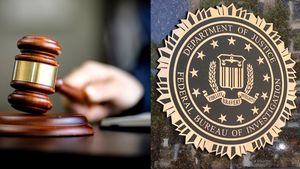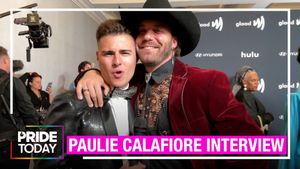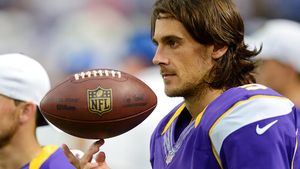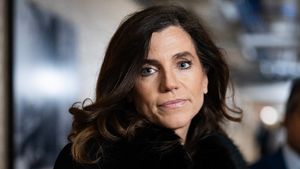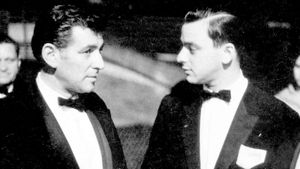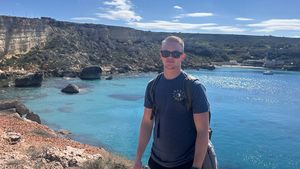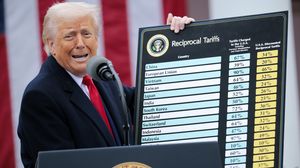STOLI
Painting an Icon: Paraguayan Artist Oz Montania Draws his ‘Hero of Diversity,' Harvey Milk
Painting an Icon: Paraguayan Artist Oz Montania Draws his ‘Hero of Diversity,' Harvey Milk

Oz Montania
The artist behind San Francisco's latest tribute to Harvey Milk shares how the pioneer continues to inspire him.
May 25 2018 12:15 PM EST
May 25 2018 12:15 PM EST














